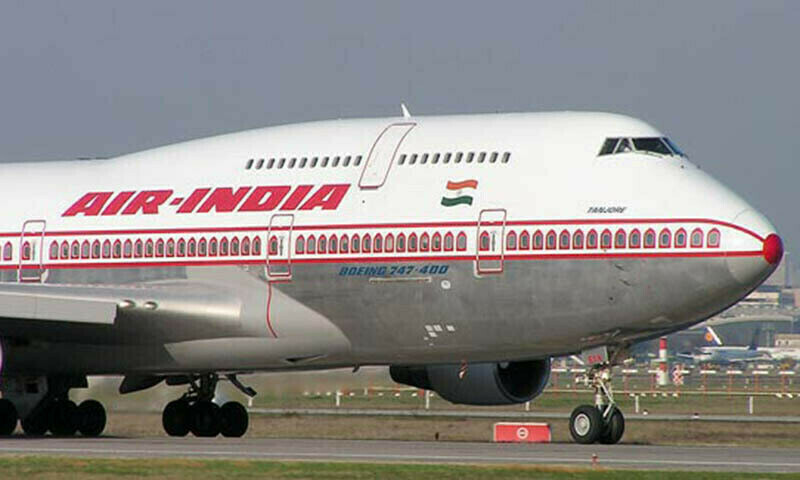Introduction
India’s flagship airline, Air India, has approached the government for financial assistance after the Pakistan airspace ban threatened to cost the carrier a staggering $600 million over the next year. This drastic escalation in regional tensions is not only a diplomatic flashpoint but also a major operational and economic challenge for India’s aviation sector.
1. $600 Million Estimated Annual Loss
The rerouting of flights around Pakistani airspace adds significant flight time and fuel consumption for Air India’s international routes, especially those to Europe and North America. According to internal estimates, the added costs could surpass $600 million annually, making it one of the most financially damaging airspace restrictions in recent years.
2. Increased Flight Times and Operational Delays
Flights that previously used direct corridors through Pakistani airspace are now being rerouted through longer paths via the Middle East or Central Asia. This not only results in longer flight times but also increased maintenance stress on aircraft, more layovers, and tighter crew scheduling.
3. Government Assistance Request
Air India, recently privatized but still bearing a national identity, has requested government assistance to cushion the financial blow. The airline argues that geopolitical disruptions like this should be considered part of national strategic resilience, warranting state-backed relief packages.
4. Competitive Disadvantage Against Global Carriers
International airlines from the Middle East and Europe, which use alternative northern or southern routes, are not as severely impacted. This places Air India at a competitive disadvantage, potentially losing passengers to airlines with shorter or cheaper options.
5. Broader Aviation Sector Implications
Other Indian carriers operating international routes, such as IndiGo and Vistara, are also indirectly affected. Prolonged closure of Pakistani airspace could lead to ticket price hikes, flight cancellations, and reduced foreign traffic into Indian airports like Delhi and Mumbai. India’s aviation ministry is exploring emergency corridor negotiations through friendly nations to alleviate pressure.
Conclusion
The Pakistan airspace ban poses a major economic and strategic headache for India’s aviation sector, especially for Air India. With rising costs, route disruptions, and mounting financial strain, the airline’s call for government aid highlights the vulnerability of global aviation to geopolitical tensions. Whether diplomatic channels can resolve the airspace issue swiftly remains to be seen, but the impact is already taking flight—at a high cost.
Read More: How India’s Airlines Are Navigating the New Geopolitical Reality









